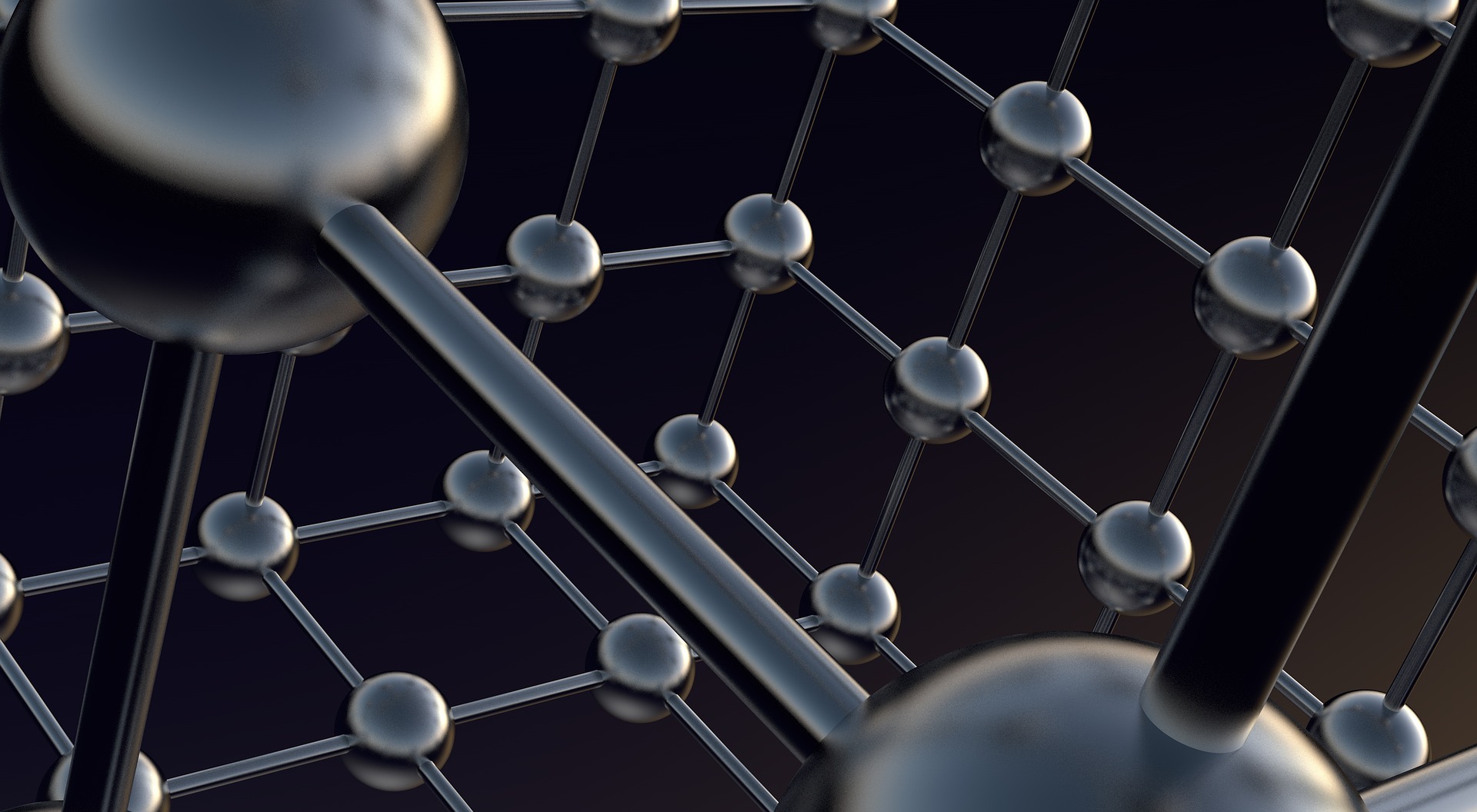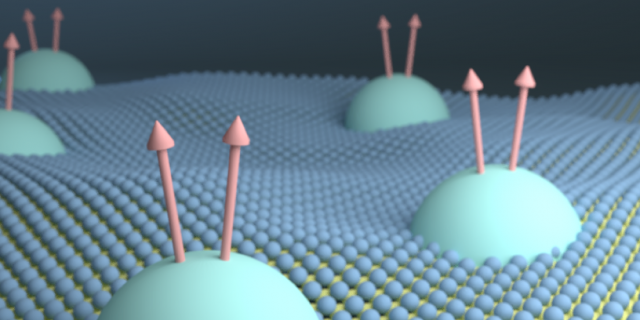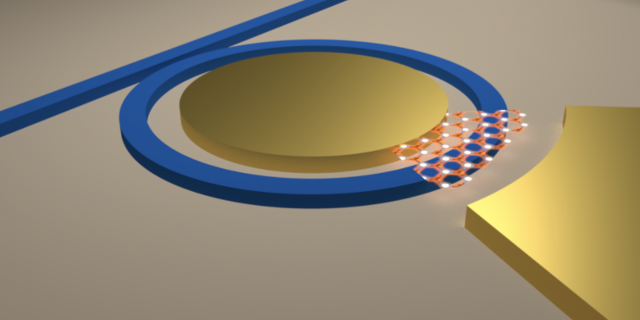COMPUTING
For the past few decades computers have become smaller and smaller, and faster and faster, through silicon-based solid state computing – a material which is now placing limits on further development. Newly fabricated materials built from the nano-level up hold the promise of replacing silicon, producing a transformation in computing that will far surpass the silicon revolution.
NEW MATERIALS
Columbia is a leading center for graphene research. Our scientists are exploring this super-strong material’s potential for paper-thin smart phones as strong as steel, TV screens that roll up like paper, aircraft far lighter than any seen before, and remarkable bioactive structures.
ENERGY
Whether pioneering new techniques for enhancing solar energy efficiency or developing a platform to harness the energy of evaporation – the biggest energy source in nature – Columbia researchers are using nanoscience to open new frontiers in clean, renewable energy.
-
The finding demonstrates the excellent intrinsic quality of 2D semiconductors and establish them as a unique test platform for future applications in quantum computing.
-
Researchers use atomically thin materials—1/100,000 the size of a human hair—to manipulate the phase of light without changing its amplitude, at extremely low power loss.
-
The new exfoliation method makes large-area atomically thin layers that can be stacked in any desired order and orientation to generate a whole new class of artificial materials.







